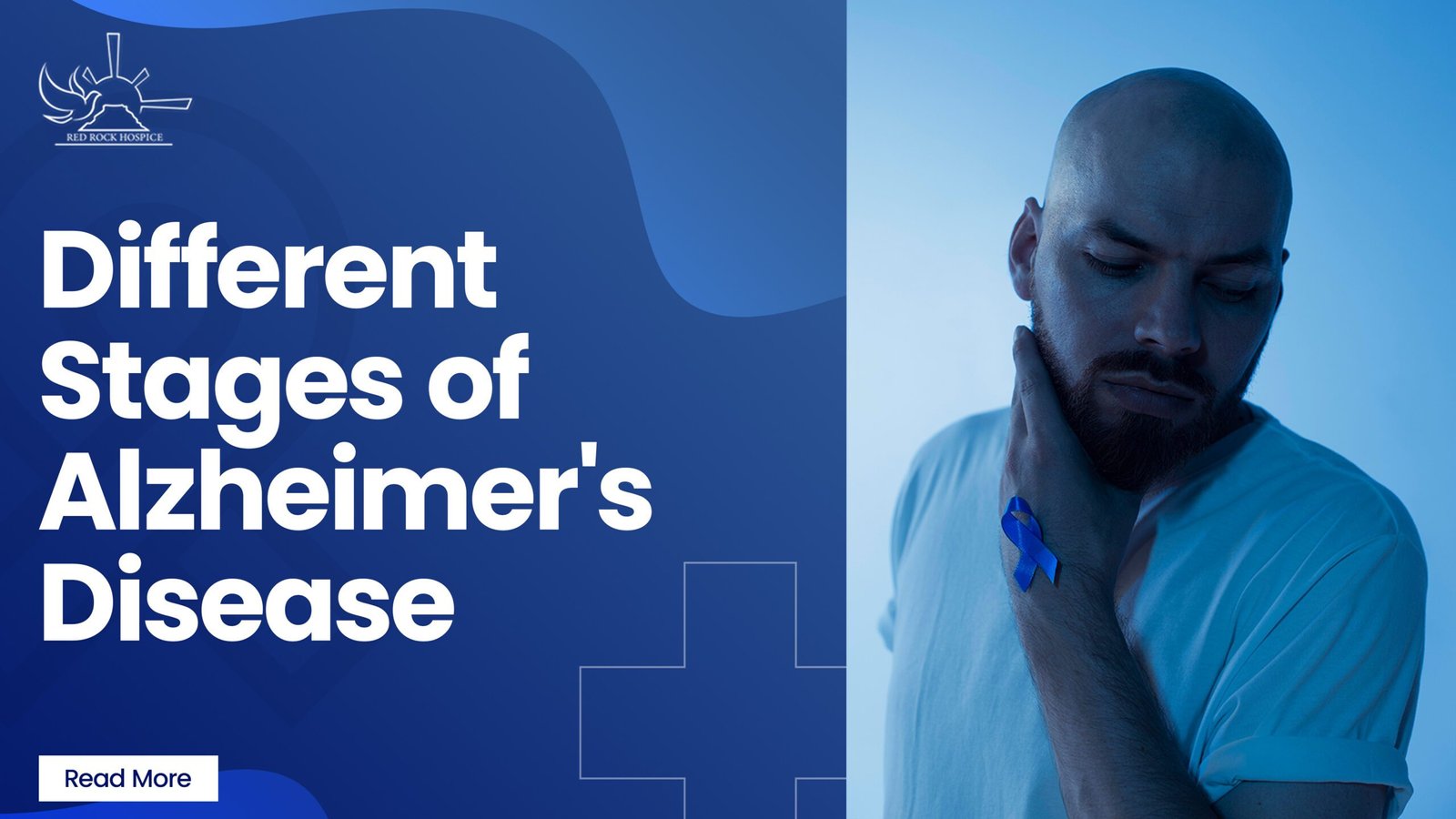Detection of Alzheimer’s disease in a family member can gradually affect the lives of all the other people living around them. Not only do the dear ones of Alzheimer’s patients have to take extra care, but you also need to focus on maintaining a healthy life.
However, stress and disheartenment are a standard part of dealing with an Alzheimer’s patient, as it is challenging to watch your loved ones suffer to perform daily activities. In such a situation resorting to hospice care or discovering other end-of-life care options might be the ideal solution for you and your family.
It is essential to understand the different stages of Alzheimer’s disease to know what’s coming your way. In addition, being aware of the symptoms and behaviors induced by Alzhieemrs can simplify your and your loved ones’ lives.
7 Stages of Alzheimer’s Disease
Now that you know the prevalent stage of Alzheimer’s, let us dig deeper to understand the disease so you can provide your loved ones with a comfortable and happy life.
Stage 1 – No Impairment or Preclinical Alzheimers
Alzhieeemrs is a tricky disease to diagnose in the early stages. Since there are no noticeable symptoms of Alzheimer’s, you might only predict they can run in your family due to genetic history.
If a person is at risk for ALzhierms, the doctors will run some tests to check for memory problems. However, it might not always work since the preclinical stage of Alzheimer’s can last for years or even decades, raising no cause for alarm.
Note that the Alzheimers patient is entirely independent in this stage and might not even suspect of having any illness related to Alzheimer’s.
Stage 2 – Common Forgetfulness or Faint Impairment
The most common age group affected by Alzheimer’s is above 65. However, people who show stage 2 symptoms at this age will decline faster than other patients. For example, if a person entering their 60s is in stage 1 of Alzheimer’s, they might not suffer from the severe impacts of the disease so soon.
However, people with stage 2 Alzheimer’s struggle to remember names, family members, certain words, or where they left some things. Nevertheless, the symptoms of stage 2 do not interfere with the patient’s social life.
Even though there is some memory loss, your loved ones will not face issues interacting with people as the impairment is mild.
Stage 3 – Declining Impairment
The symptoms might not be significant at the beginning of the third stage. However, as time passes, they become more prominent in patients, and you might see them clearly in your loved one.
These symptoms start showing and become evident in 2 to 4 years; only people close to the patient will notice them. For example, the individual’s work quality and efficiency collapse, and it might be challenging for them to learn new skills.
Additional Symptoms
- Losing their way on a familiar traveling route
- Difficulty in finding the right words or names
- Losing a valuable object
- Decreased concentration
In this stage, the doctors might also increase the intensity of tests and interviews with the patient to detect any cases of memory loss. In addition, you need to pay special attention to your loved one in this stage as they may need professional help like therapy or counseling, as denial and anxiety are common.
Stage 4 – Mild Alzhirmers is Detected
When your loved one reaches stage 4 of Alzheimer’s, it marks the beginning of the disease. In this stage, the ALzhiemrs can be diagnosed in the patient, and it might get difficult for them to perform daily activities efficiently.
You will also see frequent mood changes and denial symptoms in your loved one’s behaviors at this point. In addition, there might be a lack of emotional reaction in certain situations which they find challenging.
Additional Symptoms
- Decreased awareness of recent events
- Memory loss of one’s past
- Challenging to manage finances and bills
- Not able to count backward from 100
Nevertheless, patients of this stage do not have difficulty remembering weather conditions or important dates for any events or addresses. However, they will need assistance writing checks, purchasing groceries, or ordering food at a restaurant.
Stage 5 – Severe Decline And Moderate Dementia
Stage 5 can be a critical period of one and a half years for your loved one and the rest of the family. However, ensure that patients get ample care and support, as lack of it can cause feelings of anger and suspicion in them.
Most people in stage 5 remember their names, family member’s names, and people close to them. But they might face challenges recalling weather conditions, addresses, or significant events.
Stage 6 – Moderately Severe Alzheimers Symptoms
Stage 6 will start to appear with some severe symptoms of Alzheimer’s and last for about two and a half years. Some of the prominent symptoms of stage 6 include:
- Clothes – Facing difficulty in putting on clothes the right way and choosing what to wear
- Hygiene – Poor oral hygiene habits are developed, and they will need assistance in setting the temperature of water for the bath
- Toilet – They might forget to flush or throw the tissue paper in the bin. In addition, they might also lose bladder and bowel control as time passes by.
Nevertheless, five more behaviors appear in stage 6. These include;
Additional Symptoms
- Shame
- Frustration
- Paranoia
- Suspicion
- Fear of being alone
- Fidgeting
Stage 7 – Severe Alzheimer’s Occurs
The seventh stage is also the final phase of this disease, lasting between one and a half to two years. During this period, the patient will experience significant forgetfulness and becomes entirely dependent on you and other family members.
Some of the sub-stages which are seen in stage 7 are:
- Speech and listening power are drastically reduced to 6 or fewer words. For example, the doctor might have to repeat questions or sentences several times in an interview.
- Speech declines and limits to only one recognizable word
- Speech is lost completely
- They are dependent on others to sit up
- Smiles are replaced by grim facial moments
- They are not capable of holding their head straight up
Wrapping Up!
While there is no fixed cure or treatment for Alzheimer’s, the main aim is to slow down the impairment as much as possible. In addition, you must try to ensure that the mental health of your loved one remains good.
We understand that it is not easy for you to see your loved ones suffer, and sometimes managing an Alzheimer’s patient means putting your life behind you. But at red rock hospice, we make sure to give your loved ones the best treatment and care and slow down their Alzheimer’s stage progression.








1 thought on “7 Prevalent Stages of Alzheimer’s Disease ”
Pingback: Anonymous